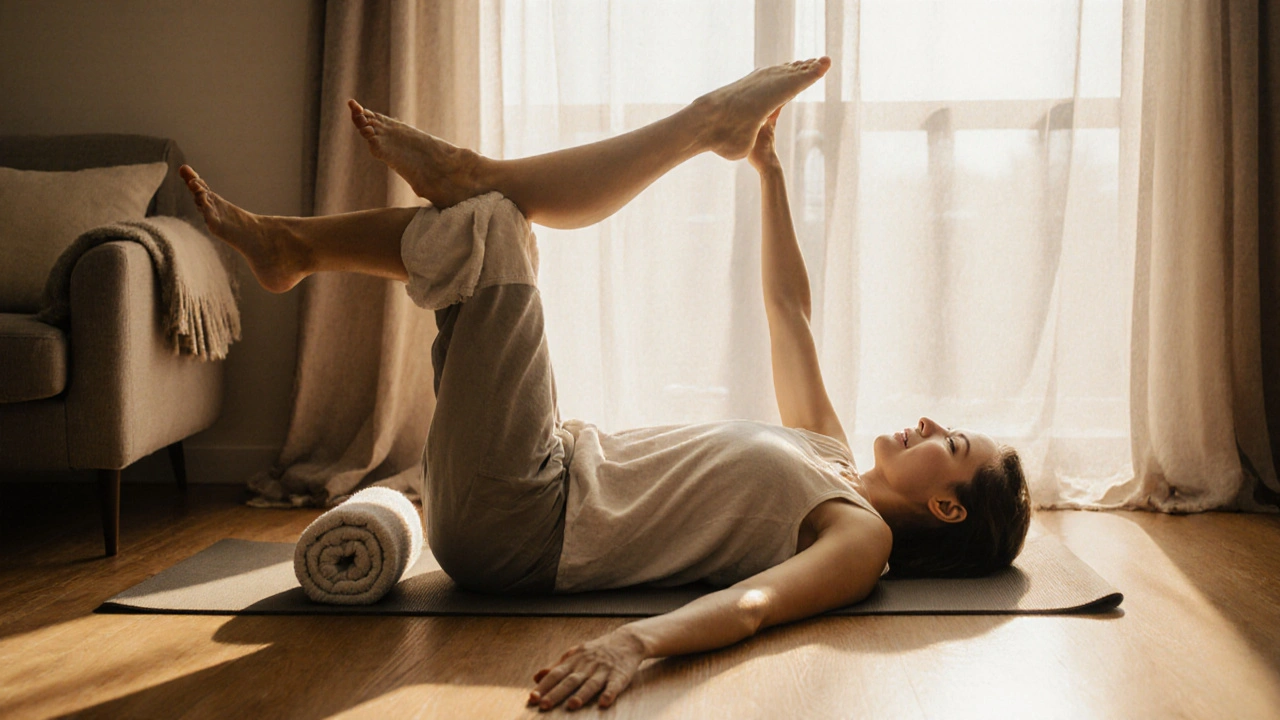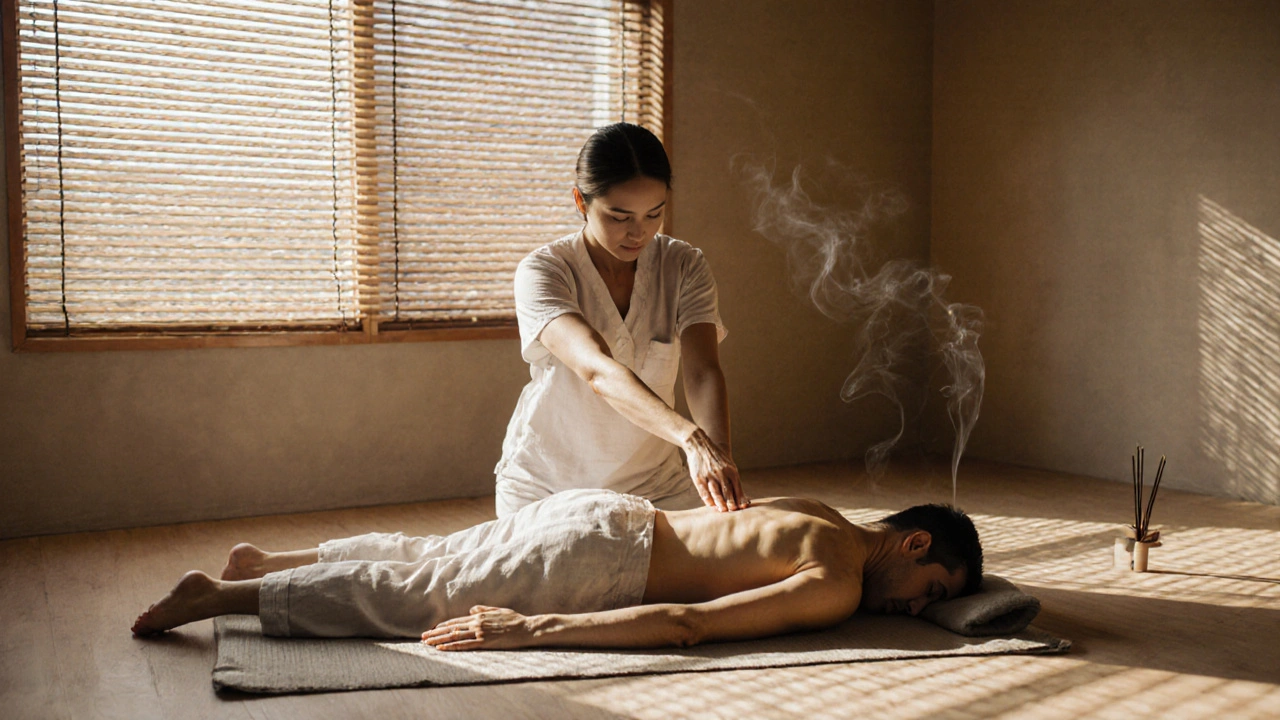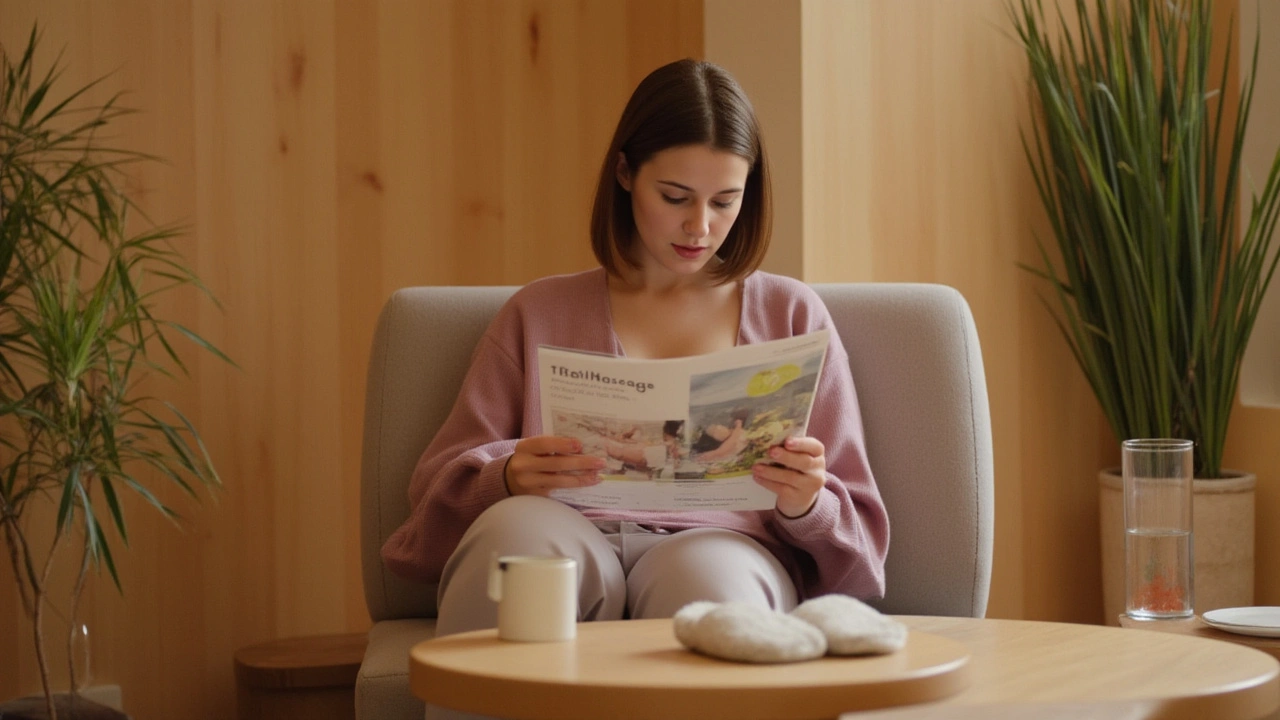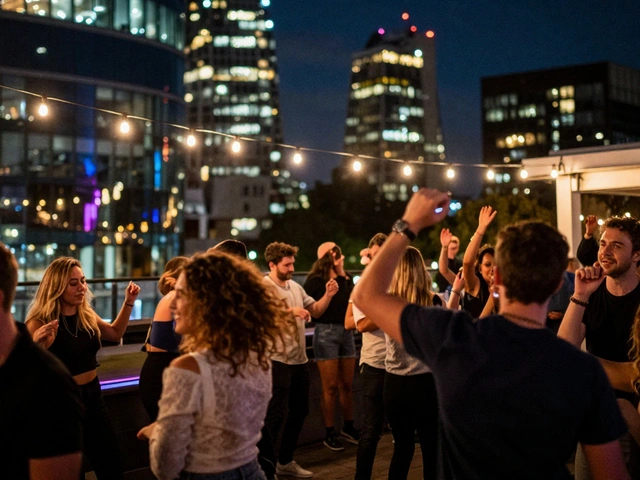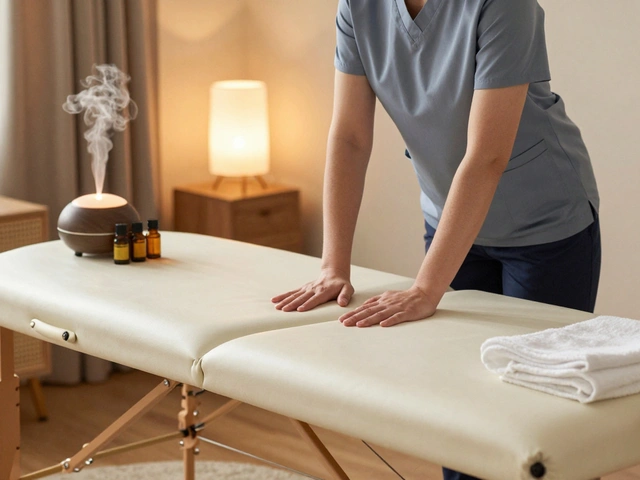Thai Massage: What It Is, Why It Works, and How to Get the Most Out of It
Ever wonder why Thai massage keeps popping up in wellness blogs and travel guides? It’s a mix of yoga‑like stretches, deep pressure, and rhythmic movements that leave you feeling stretched, relaxed, and a bit more awake. Unlike a regular Swedish rub‑down, a Thai session uses the therapist’s hands, elbows, knees and even feet to guide you through a series of guided stretches. Think of it as a moving meditation that works on muscles, joints and the breath.
Top Benefits You’ll Feel After a Session
First off, you’ll notice improved flexibility. The assisted stretches open up tight hips, hamstrings and shoulders that most of us ignore day after day. You’ll also get a boost in circulation; the pressure points help move blood and lymph fluid, which can reduce swelling and speed up recovery after a workout. Many people say the mental side is just as strong – the focus on breathing calms the nervous system, lowering stress levels without any pills.
Another perk is pain relief. If you sit at a desk all day, a Thai massage can ease lower back tension and neck strain by targeting the exact muscles that get overworked. It’s also a good way to improve posture because the therapist helps you notice where you hold tension and teaches you how to release it.
Preparing for Your First Thai Massage in London
Got a booking at a London studio? Here’s a quick checklist so you walk in ready to enjoy the full experience. Wear comfortable clothes you can move in – most places provide loose‑fit shirts or leggings, but a simple t‑shirt and shorts work fine. Arrive a few minutes early to fill out any health forms and let the therapist know about injuries or conditions.
Hydration matters. Drink water before and after the session; it helps flush out toxins released during the deep stretches. If you’re nervous, remember that the therapist will guide you through each pose and adjust pressure based on your feedback. You can always speak up if something feels too intense.
London has a growing scene of Thai massage spots, from dedicated Thai wellness centres in South Kensington to boutique studios in Shoreditch. Look for places that mention certified Thai therapists and clean, calm environments. Reading reviews can give you a feel for the vibe – some studios focus on traditional Thai techniques, while others blend modern spa amenities.
When you finish, give yourself 15‑20 minutes to rest before jumping back into daily life. Stretch gently, keep drinking water, and notice how your body feels. You’ll likely feel a lighter step, a calmer mind, and maybe even a new appreciation for moving slowly.
Ready to try it? Pick a studio that matches your budget and schedule, book a slot, and treat yourself to a session that blends ancient healing with today’s hectic pace. Thai massage isn’t just a luxury; it’s a practical tool for keeping your body and mind in sync.
Thai Massage Techniques You Can Try at Home
Learn simple, safe Thai massage techniques you can do at home to reduce stress, improve flexibility, and boost well-being-no spa required. Perfect for beginners and busy adults.
Read MoreThe Ultimate Guide to Thai Massage: Everything You Need to Know
Discover everything about Thai massage-its origins, benefits, what to expect, and how to find a qualified therapist. A complete guide for beginners and regulars alike.
Read MoreHow to Prepare for Your First Thai Massage Session: Practical Tips & Beginner's Guide
Nervous about your first Thai massage? Discover what to wear, tips for relaxing, essentials to bring, and how to get the most out of this ancient therapy. Your step-by-step guide.
Read MoreThai Massage: The Missing Piece in Your Wellness Routine
Thai massage isn’t just a spa luxury—it can actually transform your daily well-being. This article explains why adding Thai massage to your routine can help you manage stress, boost flexibility, and support overall health. Expect practical advice, fun facts, and surprising benefits that go way beyond relaxation. Learn how this ancient practice connects mind and body, and discover tips for getting started. Real-world info for anyone curious about making self-care, well, actually work.
Read More